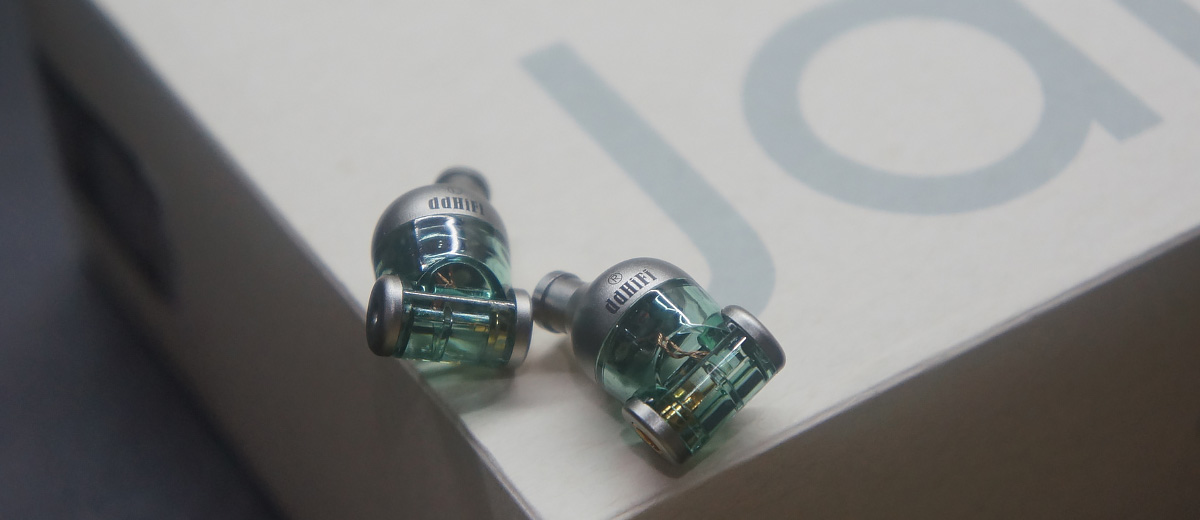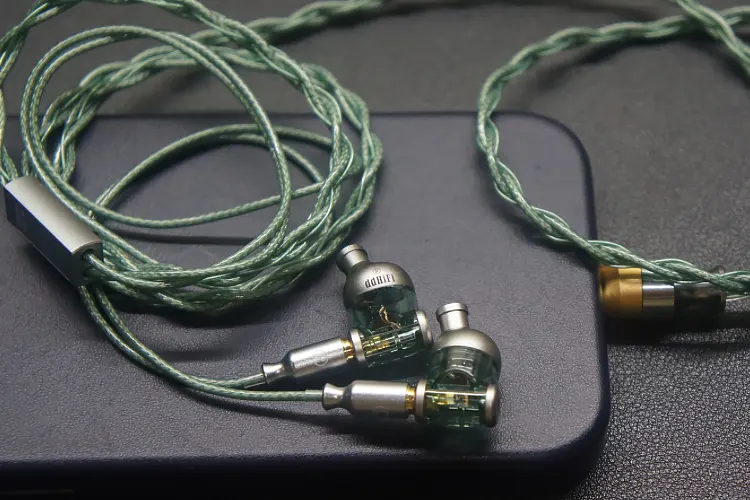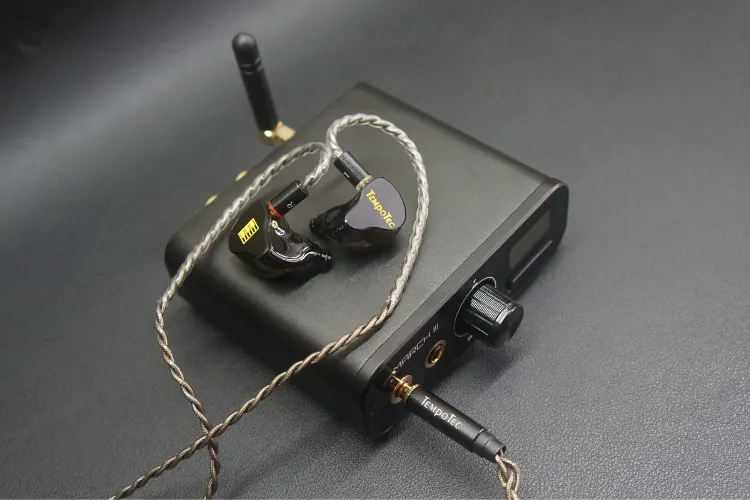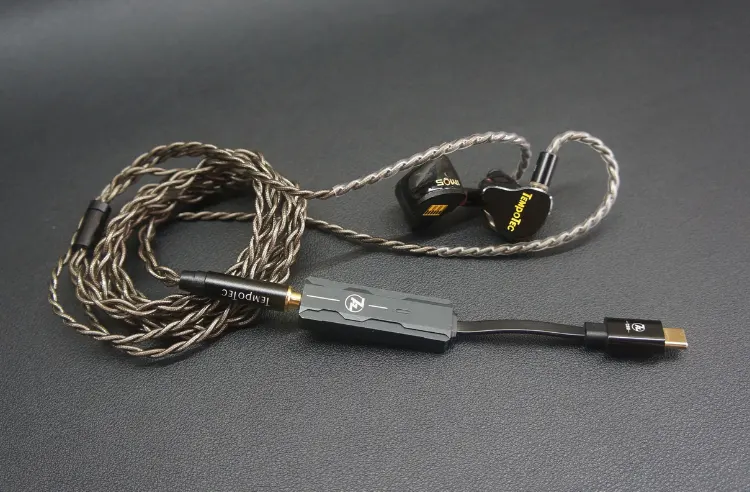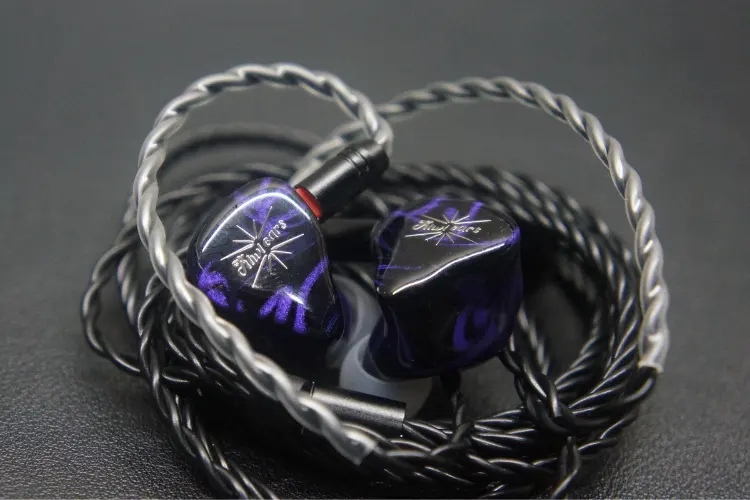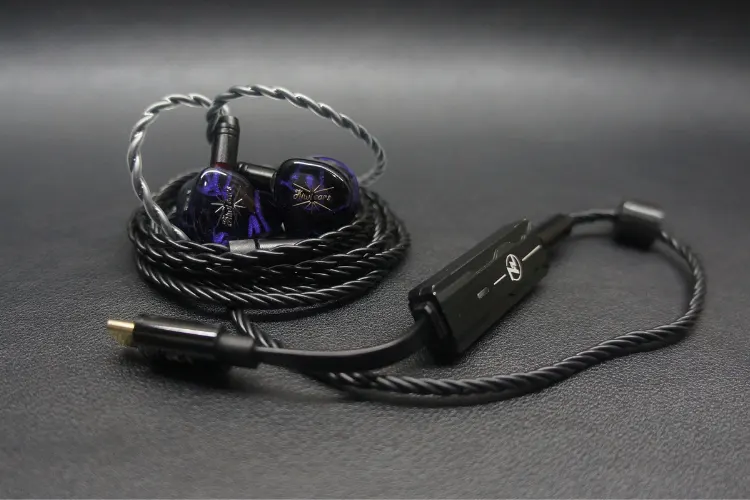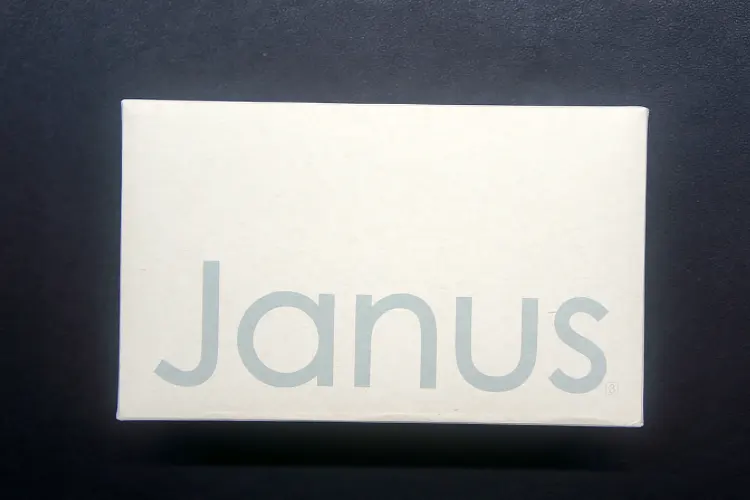Synergy
Efficiency
The Janus3 is a relatively easy-to-drive IEM, with a low impedance of 14Ω and a high sensitivity of 122 dB @1kHz. The Janus3 can be driven by most sources, such as smartphones, laptops, or tablets.
However, there is an observable increase in fidelity when pairing the IEMs with more powerful amplifiers and/or dongles such as the 7hz 71 and even ddHiFi’s own TC44Pro Balanced 4.4mm Dongle.
In my experience, dongles such as the 7hz SEVENHERTZ 71 or ddHiFi’s own M120B cable DAC. However, I did notice a slight improvement in imaging capabilities when I powered it with my Topping L30 II desktop amplifier and the FiiO K11.
Pairings
In my testing, I found that the Janus3 paired best with the ddHiFi M120B in terms of musicality and day-to-day usability. The m120b did not add any coloration to the sound, maintaining the tonality that I already found quite pleasing.
Additionally, the increased staging performance that comes with using the IEMs with the Topping L30 II was not significant enough to call M120B a measurably worse listening experience.
Select Comparisons
Tempotec IM05
Technical
The Janus3 has a single 10mm dynamic driver with a lithium magnesium alloy dome composite diaphragm, while the IM05 has a single 8mm LSR dynamic driver and four BA drivers.
The dynamic driver handles the low frequencies, while the two SWFK 10006 BA drivers cover the mid-range and the two SWFK 31736 BA drivers take care of the high frequencies.
The Janus3 has a lower impedance of 14Ω, with a higher sensitivity of 122dB @1kHz, while the IM05 has an impedance of 33Ω and a sensitivity of 99 db @1Khz, making the Janus3 significantly easier to drive.
Design
The Janus3 has a dual chamber “piston style” shell with a mix of transparent blue plastic and CNC machined aluminum.
The shell is made of CNC aluminum alloy and has a vented design. The Janus3 uses MMCX connectors and comes with a 1.2m cable with interchangeable 3.5mm and 4.4mm plugs.
The IM05 has a large and bulky clear-black shell that seems to be made of 3D-printed resin material. The shell has a metal faceplate that comes in either black or silver, with a piano logo on the right side and a TempoTec logo on the left side.
The IM05 also has a vented design, but the vent is cleverly placed behind the faceplate to avoid affecting the sound quality. The IM05 uses 2-pin 0.78mm connectors and comes with a 1.2m cable with a 3.5mm plug.
Performance
The Janus3 has a balanced and natural sound signature leaning towards the warm side, while the IM05 has a V-shaped tuning style that leans towards the warm end.
The IM05’s V-shaped sound signature makes it have more bass quantity than the Janus, especially in the mid-bass region, where it has more punch and slam. However, the IM05’s bass does muddy up the overall tonality of the IEMs, a trait that I did not find pleasing at all.
The midrange performance of the IM05 was worse across the board. The mid-range performance of the IM05 has always been its weak point and comparing it against an IEM with good midrange tonalities and elevated vocal presentation further hammers down that fact.
The Janus’ midrange has better timbre accuracy, tonal balance, and resolution, especially when it comes to string instruments like guitars.
The treble of the IM05 is more present and energetic than Janus’ treble, which is more relaxed and smoother. The IM05’s treble has more sparkle, air, and extension, but also more sibilance, harshness, and fatigue.
The resolving capabilities of the IM05 are better than that of the Janus across the board, making each instrument easily identifiable from one another.
The Tempotec IM05 has better staging performance than the Janus, however, it does have less impressive imaging performance.
Kiwi Ears Quartet
Technical
The Janus3 has a single 10mm dynamic driver with a lithium magnesium alloy dome composite diaphragm, while the Quartet has two 10mm titanium diaphragm dynamic drivers in an isobaric configuration and two custom BA drivers.
The Janus3 has a lower impedance of 14Ω, with a higher sensitivity of 122dB @1kHz, while the Quartet has an impedance of 32Ω and a sensitivity of 110 db @1Khz.
Design
The Janus3 has a dual chamber “piston style” shell with a mix of transparent blue plastic and CNC machined aluminum1. The shell is made of CNC aluminum alloy and has a vented design.
The Janus3 uses MMCX connectors and comes with a 1.2m cable with interchangeable 3.5mm and 4.4mm plugs.
The Quartet has a sleek and elegant resin shell with purple and black swirls3. The shell is one piece of medical-grade resin and has a gold-stylized Kiwi Ears logo on the faceplate.
It also has two tuning switches on the rear of the shell, labeled “1” and “2”, that allow you to customize the sound signature according to your preference and music genre. The Quartet uses 2-pin 0.78mm connectors and comes with a 1.2m cable with a 3.5mm plug.
Performance
The Janus3 has a balanced and natural sound signature leaning towards the warm side, while the Quartet has more of a U-shaped sound signature.
In terms of bass quantity, the Quartet’s execution is more evident. Bass hits have more rumble, whilst also adding more warmth to the overall tonality of tracks.
Compared to the Janus, this increased level of bass does muddy up the overall tonality of the IEMs, a trait that I did not find pleasing at all.
The mids on the quartet are less detailed and clear across the board, with the vocal performance being measurably worse than that of the Janus3. Vocals sound veiled and muffled, drowning out all detail and nuance in the process.
The highs on the quartered are of a similar quality to that of the Janus3 but with an emphasis on a different region. Hi-hats were more evident with the Janus3, but I found that snare drum hits were emphasized instead with the Quartet.
Compared to the Janus3, the Quartet has a wider and more immersive soundstage, but at the cost of imaging performance. The Quartet has worse instrument separation than the Janus, making complex arrangements sound like unarticulated walls of sound.
Our Verdict
The ddHiFi Janus3 is a uniquely built “bullet” style pair of IEMs tuned in a relaxing and inoffensive manner, with the vocal performance, comfort, and imaging performance being standouts. It is not a perfectly neutral IEM, but rather one that emphasizes vocal emotion.
It suits listeners who like a smooth, and natural sound with good bass impact and vocal emotion. It is not suitable for listeners who prefer a more balanced, detailed, or analytical sound with more treble presence and extension.
At this price point, the Janus3 is a well-tuned monitor in a sea of V-shaped IEMs and has my recommendation.
ddHiFi Janus3 Specifications
- Driver Type: 1DD
- Plug: 3.5mm Single Ended & 4.4mm Balanced
- Impedance: 14Ω
- Sensitivity: 122dB

